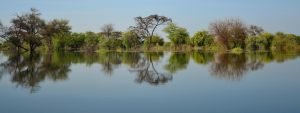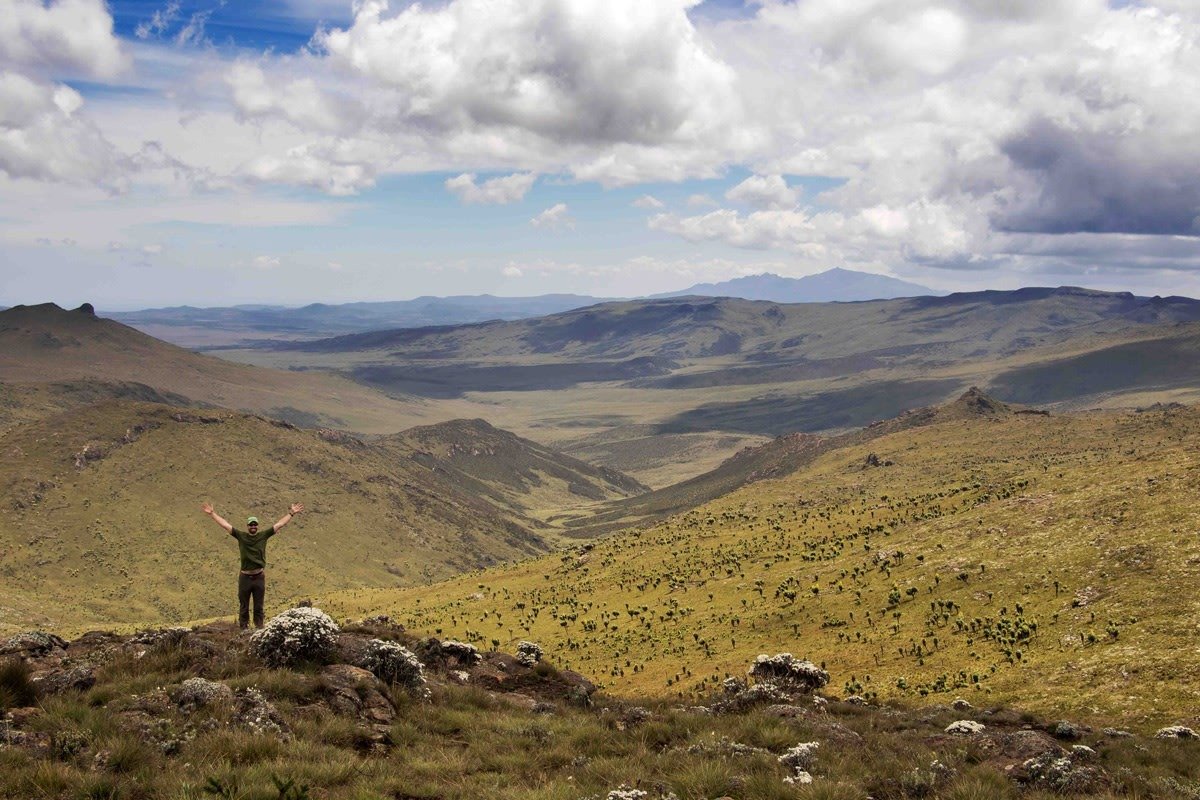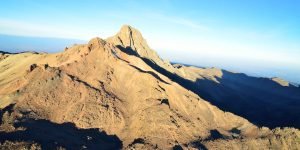
Kakamega Forest National Reserve
Kakamega Forest National Reserve is the only tropical rainforest in Kenya, left over from past millenia when dense rain forest stretched from West Africa, across Central Africa and into the highland areas on the west and eastern walls of the Great Rift Valley.

The forest has been a protected area of Kenya since its vital role in the eco-system was first recognised in 1933.
The sheer size and grandeur of these rainforest trees, some over a hundred years old, is impressive. The trees create a complete environment for the birds, insects, butterflies and wildlife, so plentiful in the area.

The forest includes some of Africa’s greatest hard and soft woods: Elgon teak, red and white stink woods and several varieties of Croton and Aniageria Altisima. Splendid orchids sit amongst the branches of the larger trees. Walking beneath the lush forest canopy the deep shade is pierced by flashes of colour, exotic birdcalls, the scents of wood, flower and moss. The best time to visit is during the rainy season, April to July, when the flowers are at their most beautiful.

There are 7 kilometers of trails with a team of ranger guides to escort visitors through the forest. The walk to Buyango Hill, the highest point in the forest, is a must for visitors. The indigenous trees lining the trails are identified on signs with their local and latin names.
The Reserve is twice the size of Nairobi National Park with 380 species of plants spread in swamps, riverine and hardwood forest areas, glades and the shallow forest around the edge of the reserve. 350 species of bird have been recorded including rare snake-eating birds. Butterflies and snakes normally only found in West Africa can also be seen, although visitors need have no concern about meeting them round every corner. Forest mammals include bushpig, grey duiker, civet, Sunni, clawless otters and some fascinating nocturnal game: Ground Pangolin, porcupines and the occasional leopard.

Kakamega offers excellent primate viewing: Black and White Colobus are plentiful and the De Brazza Monkeys (known as ‘Karasinga’ in Swahili, thanks to its distinctive white beard) can be found in the adjacent Kisere forest area. Many rare species of primate are common here such as the Blue Monkey, frequently seen near the Ishiuki Falls, the Olive Baboon and the Red Tailed Monkey.
Game to view includes: Bohor’s Reedbuck, Rothschild’s Giraffe, Jackson’s Hartebeest, Roan Antelope, buffalo, leopard, serval cat and hyena, as well as diverse birdlife. There is not hotel/lodge accommodation in the Park, but it has two campsites.














